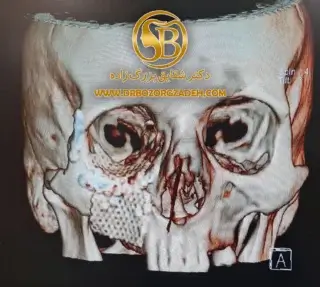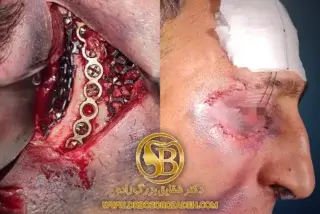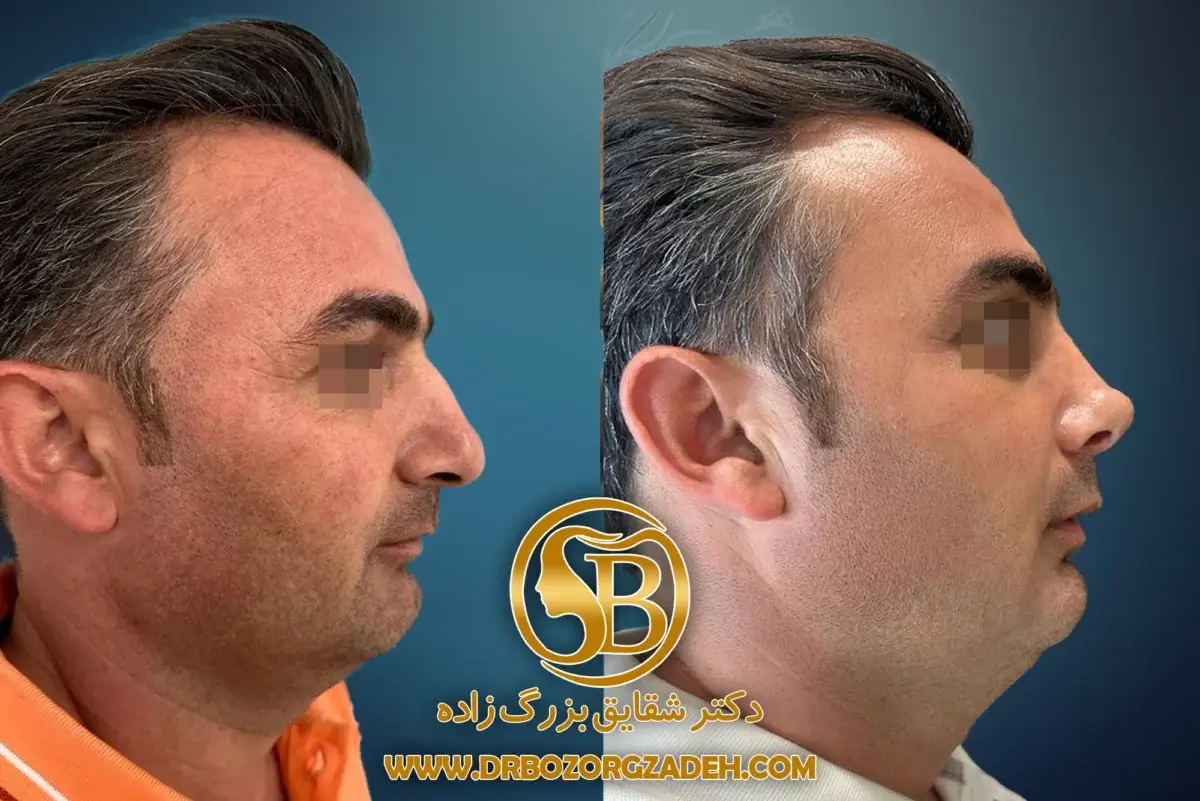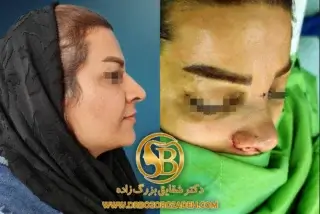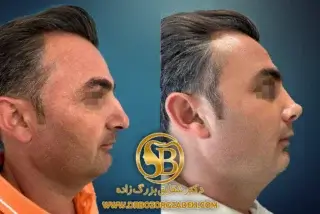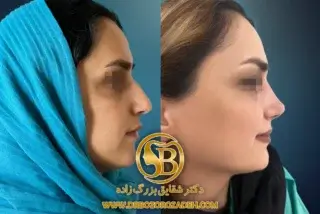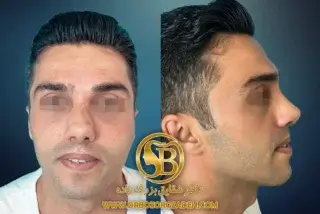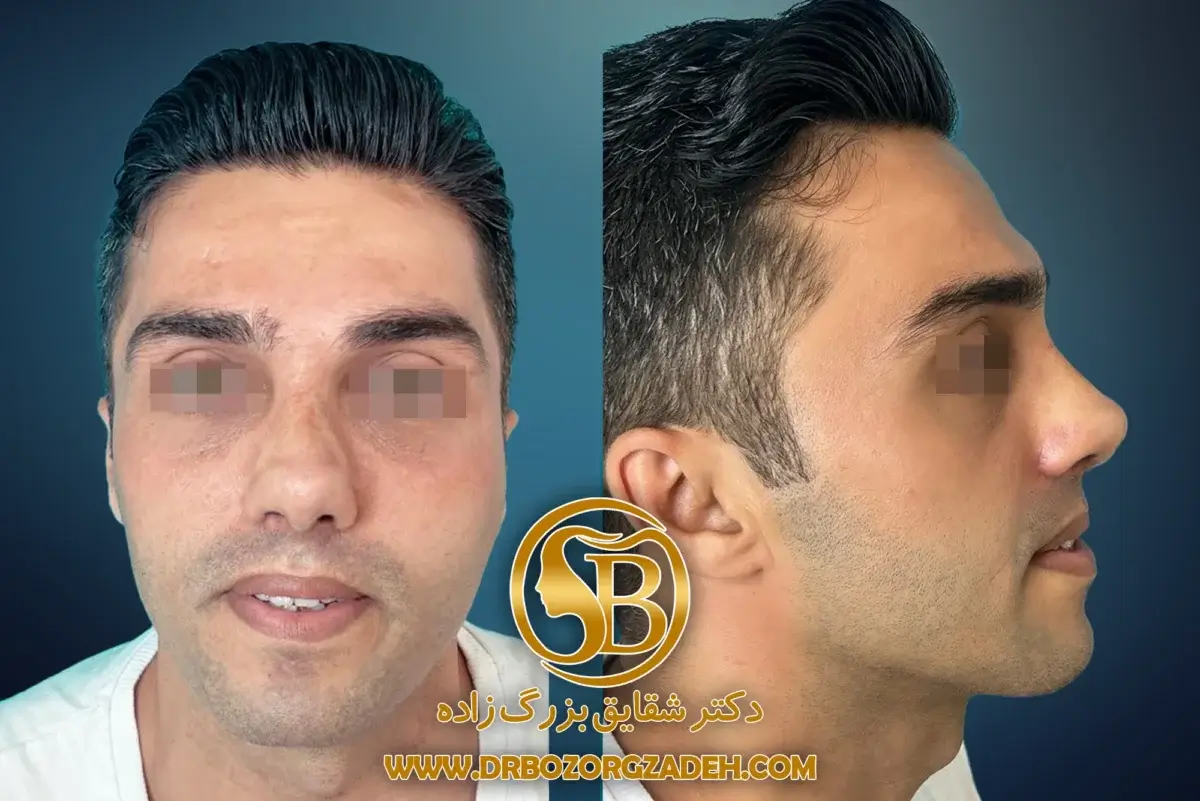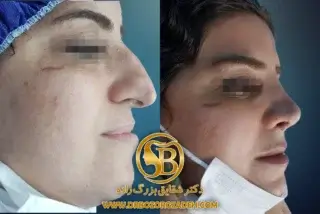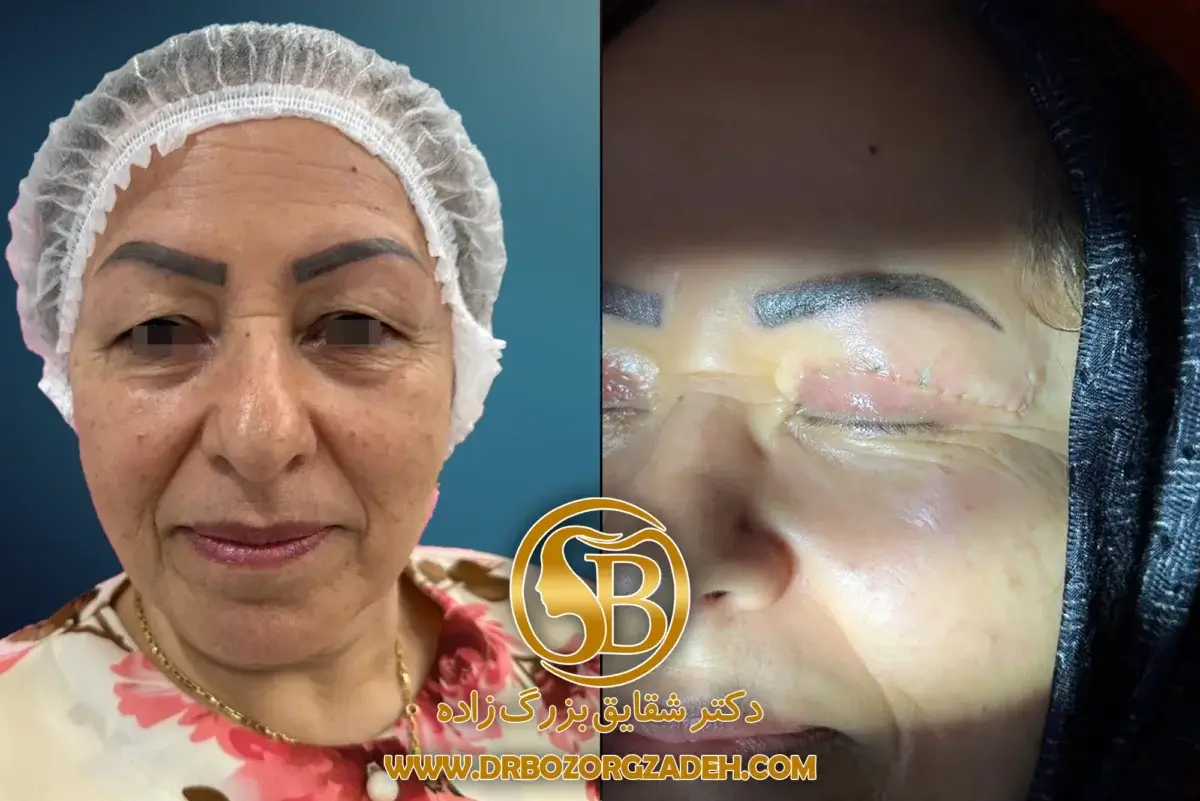Maxillofacial surgeries are among the most sensitive branches of medicine that require high precision, expertise, and experience. Choosing the best maxillofacial surgeon to perform this type of surgery can guarantee the success of the treatment and reduce possible complications. In this article, we discuss the characteristics that a professional maxillofacial surgeon should have.
1. Expertise and valid education
One of the most important criteria for choosing the best maxillofacial surgeon is having a specialized degree from reputable universities and educational centers. Maxillofacial surgery requires deep knowledge and practical experience in the field of anatomy, cosmetic and therapeutic surgeries.
2. Practical experience and high skill
Practical experience is one of the key factors in the success of maxillofacial surgery. Surgeries such as correction of jaw abnormalities, implant placement, and jaw bone reconstruction require high skill and experience. Surgeons with a history of multiple successful surgeries are usually a safer choice.
3. Ability to use advanced technologies
Modern maxillofacial surgeries use advanced equipment such as CBCT (three-dimensional imaging) and PRP to increase accuracy and improve the treatment process. Surgeons using these technologies can provide more precise treatment planning for their patients.
4. Accuracy and sensitivity in surgery
A professional surgeon has high accuracy and sensitivity in performing surgical procedures. From creating precise incisions to managing complex conditions during surgery, every detail must be done carefully to achieve the desired results.
5. Ability to communicate effectively
Communicating with patients is one of the important characteristics of a maxillofacial surgeon. The ability to explain treatment methods, answer the patient’s questions, and reassure him plays a significant role in reducing the stress of patients.
6. Commitment to the patient’s recovery
Commitment to postoperative care is another characteristic of the best maxillofacial surgeon. Providing appropriate instructions for the recovery period and following up on the patient’s condition after surgery shows the responsibility of the surgeon.
7. Satisfaction of previous patients
One of the best ways to make sure you choose a surgeon is to read reviews from previous patients. Surgeons who have received positive feedback and satisfaction from their patients have often performed successfully.
View the gallery of images and surgery results
Why is it important to choose the right maxillofacial surgeon?
Choosing a professional and committed surgeon can improve your quality of life. Maxillofacial surgeries not only affect appearance, but also directly affect functions such as chewing, speaking, and breathing. To get more information about maxillofacial surgery services, you can take advantage of expert consultations.
Book an appointment or call us
conclusion
The best maxillofacial surgeon must have specialized knowledge, sufficient experience, the ability to use advanced technologies, and a commitment to post-surgical care. Choosing such a surgery can guarantee the success of the treatment and improve your health and beauty. If you are looking to receive maxillofacial surgery services, be sure to consult with specialists who have these qualities.
More information about maxillofacial surgery services









